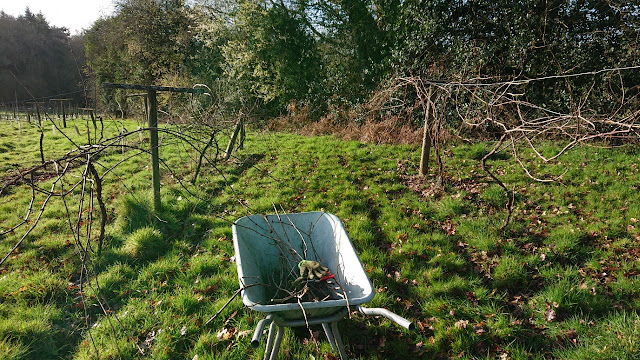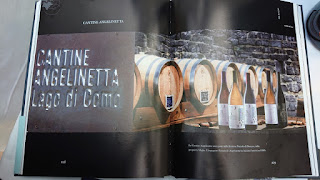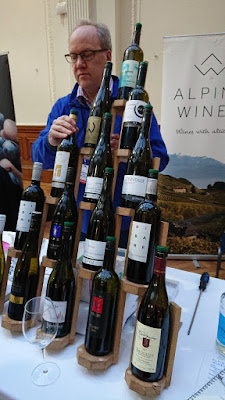Normally we don't pay a lot of attention to messages from wine merchants. Many feel obliged to circulate round robins far too frequently. Some have quite annoying content as well as frequency.
The most extreme opposite is Chambers Street Wines of New York. To read their emails is an education. Even when we are not interested in the category of wine they might be writing about, we can always find something of interest in what they say.
Of most others, a quick scan is all they get before deletion so it is rare for us to pay enough attention to consider actually buying a wine.
An Australian Savagnan from Swig caught our beady eyes though. Savagnan is a funny one. It's home in the Jura produces wines that can be so dry as to be unaproachable or so sweet as to be only for dessert or aperitif purposes.
The famous story of the mis-naming of Albarino in Australia is well known. In the early years of this century, Australian producers took an interest in Albarino and imported a large number of vines. We'd be interested to know from whom because these vines were not Albarino at all bur Savignin. There is an even more famous story about Merlot in Chile. That turned out to be Carmenere as everyone knows. The Chileans stuck with their Carmenere and now you could say that has become Chile's signature wine.
Australia was a bit less philsophical and more growers rectified matters by replanting with Albarino proper. Understandable as Albarino was getting market recognition whereas Savagnin has tended to be confused with Sauvignon. Some Australian growers even felt the need to invent new names such as Saverro and Savinno but quite a few stuck with Savagnin including BK Wines who have made a speciality ot of it.
Always ready to give a grape an even break, we bought BK Wines' Savagnin 2017 skin contact white ('Please decant me') at 11.5% from Lenswood in the Adelaide Hills as it ticked so many boxes.
We were not disappointed. This is one of the most beautiful and original wines we have ever tasted. It's not cheap but if you take the offer on a 6 pack you will be paying £19.95 instead of a whopping £27.50 for a single bottle. It's very much worth it and you too can become a Swigger.
BK Wines was established in 2007 by two New Zealanders Brendan and Kirtsyn in the Adelaide Hills. They make an interesting range of wines focussing on 'Quality and Creativity, not Conformity' including wines matured in concrete eggs, wild yeasts, a beer-bottle closure for the Pet Nats, a Ramato, a Gruener Veltliner and even a Saignee Savagnin - surely a first? There is also a Savignin Flor with a 'light, Manzanilla sherry-style oxidative characte.'
For further information on this and all the most interesing wines of Australia, consult Darby Higgs's Vinodiversity site.,







































